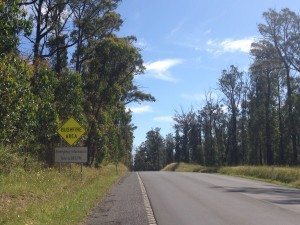
New fire warning signage near Kinglake
Today, on a menacingly hot Melbourne Friday, residents of Australia’s southern city are marking five years since the day when catastrophe was visited upon the city’s urban fringe.
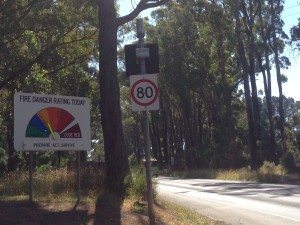
Upgraded Fire Danger Rating signage in Kinglake
On 7th February 2009, on Melbourne’s hottest day in recorded history, bush fires broke out across the state of Victoria and by evening had claimed 173 lives and resulted in 414 reported injuries.
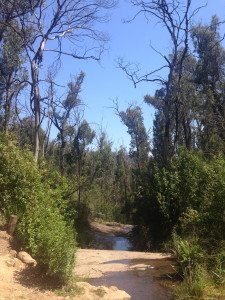
Running Creek, a tributary of the Yarra River, near Mason’s Falls, in Kinglake National Park
The Kinglake Memorial Reserve will host a memorial service at 1pm today, according to the ABC. Kinglake will also be holding a minute’s silence at 7pm to remember the loss of that day. The community of Whittlesea will also hold a minute’s silence at 7pm, although a Daily Telegraph article suggests that many of the survivors will not attend these services, with the pain still too raw to recall. On Sunday the Victorian government will host a remembrance service at the Melbourne Museum in Carlton from 2pm.
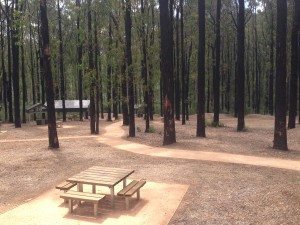
Regrowth at Mason’s Falls picnic area in Kinglake National Park
UrbanDuniya recently visited the Kinglake area, and while verdant green foliage is growing back, it does so in a haphazard fashion and the trunks of the trees remain blackened, scars of the horrific day. New buildings have been erected, but the scars that can’t be seen are the emotional ones, in a town ripped apart but not defeated by nature’s fury. A further legacy of what came to be known as Black Saturday is evident in the revised bushfire warning scale, bearing the new category of ‘catastrophic’, and the bright signs warning visitors that Kinglake is a bushfire prone area.

A fire truck menaced by the fires on Black Saturday (Image: Herald Sun)
Black Saturday: as it unfolded
A week before the bushfires struck, southeastern Australia had experienced a heatwave which broke records in South Australia, Victoria and Tasmania, while southern New South Wales also experienced hot conditions. While some fires broke out during this time, the heatwave had the more serious consequence of drying any moisture which was left in the vast tracts of bushland surrounding Melbourne.
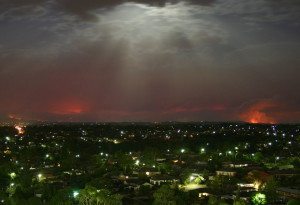
Black Saturday bushfires threaten the outer suburbs of Melbourne. This shot was reportedly taken from Doncaster’s Westfield shopping mall (Image: Luisa Blignaut)
By mid-morning on Saturday 7th February 2009, already burning fires in the Bunyip State Park in the Dandenong Ranges flared out of control. However the most dangerous conditions developed at around 11am, when 125 km/h winds blasted hot air across Victoria, collapsing power lines into a forest at Kilmore East, north of Melbourne.

A firefighter amid the horror of Black Saturday (Image: The Age)
Through the day, as temperatures reached 46.4 in Melbourne’s CBD and humidity dropped to six per cent, as many as 400 fires erupted around the state. As strong winds fanned the flames, many of these fires merged, and plumes of ash and smoke prevented aircraft from monitoring the situation. A pall of smoke covered much of Melbourne.

Cars smashed and burnt out on the escape route from Kinglake in the aftermath of Black Saturday (Image: The Age)
Just before 5pm, the Kilmore East fire, having burnt through 50 kilometres of forest, raced into the town of Kinglake with flames of up to 100 metres high. At 5:30pm the strong winds quickly changed direction, spreading the fire towards more towns and trapping residents who thought they had escaped the initial carnage. Dead birds falling from the sky gave only a few minutes warning for residents in places like Marysville, which was quickly consumed by flames. Firefighters stood no chance as the air temperature reached 800 Celsius in some places, vaporising water from hoses and firefighting aircraft. 120 people died in Kinglake, Whittlesea, Marysville and the surrounding areas, many burned in their cars after 5:30pm as they tried to escape the unexpectedly spreading flames.

In what became an iconic image of the Black Saturday bushfires, a firefighter lends a hand to a thirsty koala (Image: ABC)
With the change in wind direction, the temperature in Melbourne dropped by 15 degrees in fifteen minutes, as more fires sprang up across the state, notably in Beechworth and Bendigo. Overwhelmed by the magnitude of the disaster, Victoria’s emergency services were only able to prepare Melbourne hospitals for burns victims at 8:30pm, and the first fatalities were recorded before 9pm. By 2am the Prime Minister was making plans to visit the affected disaster zone, and 14 deaths had been confirmed.
Fires continued to burn until 14th March 2009.
Sources: The Australian, Wikipedia

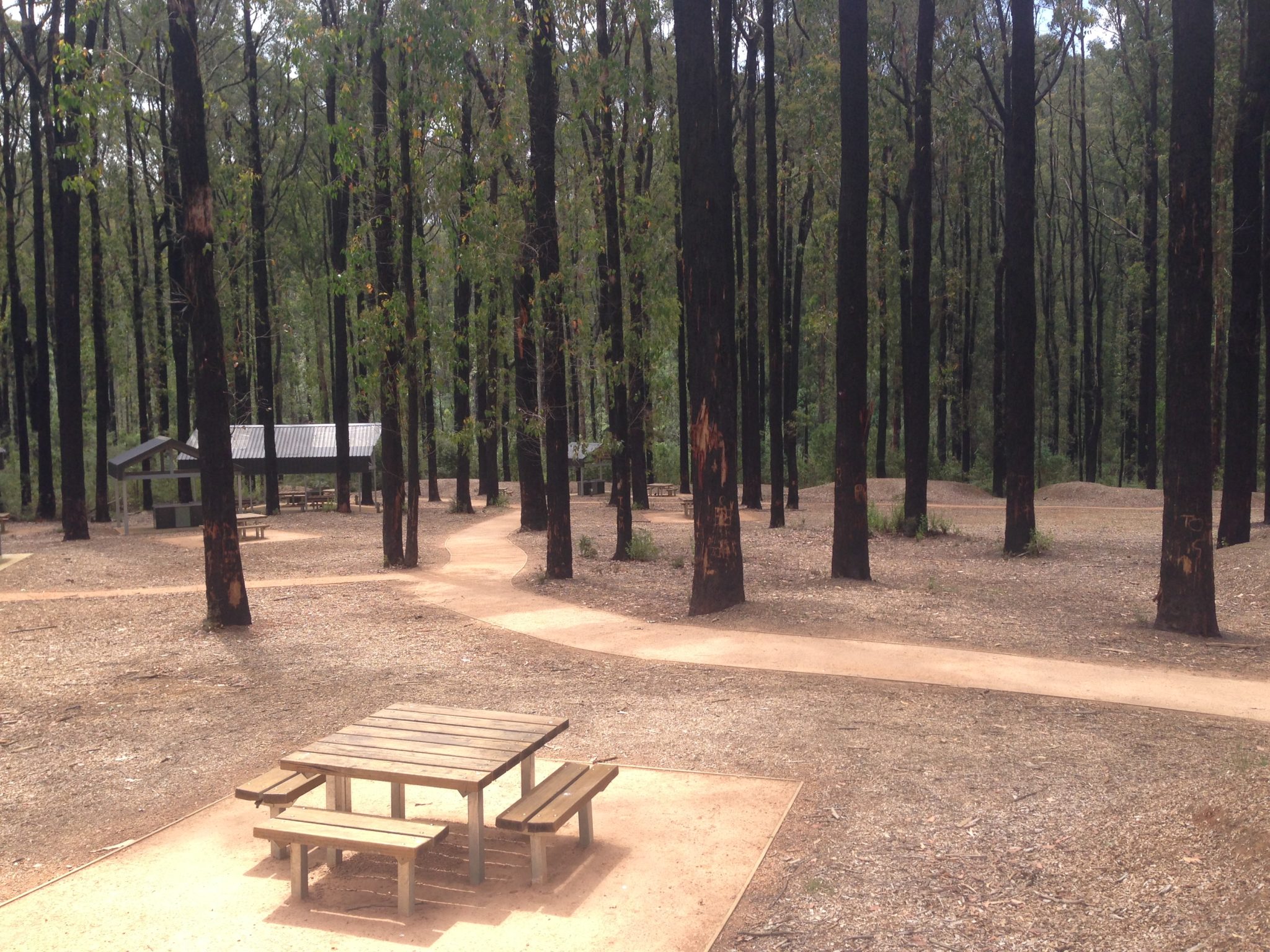
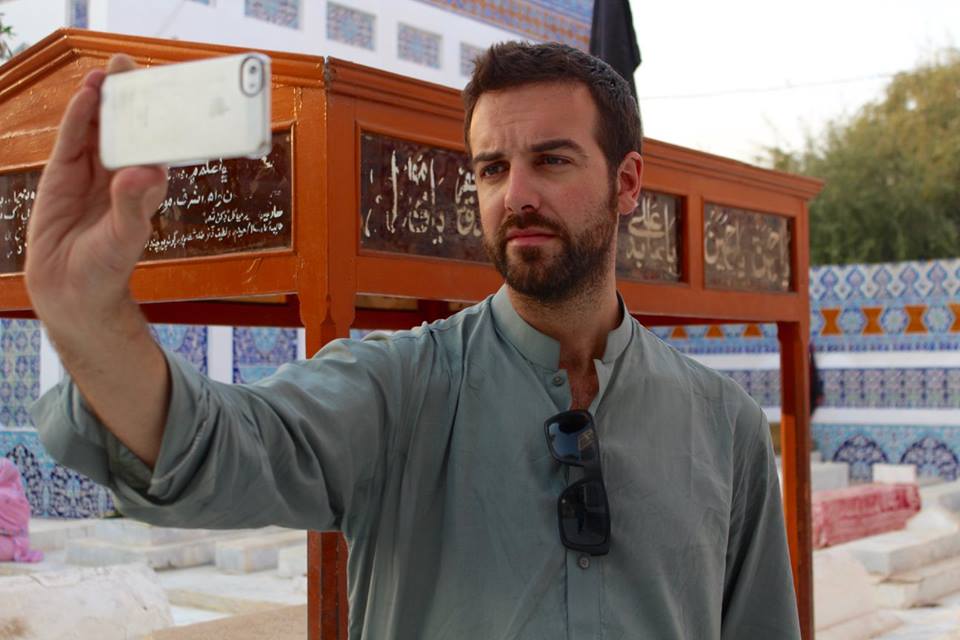
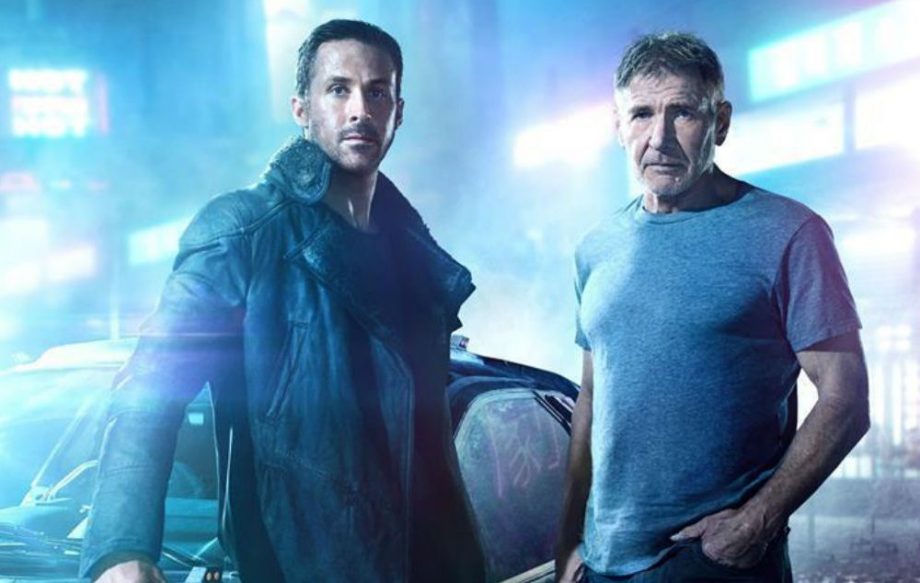
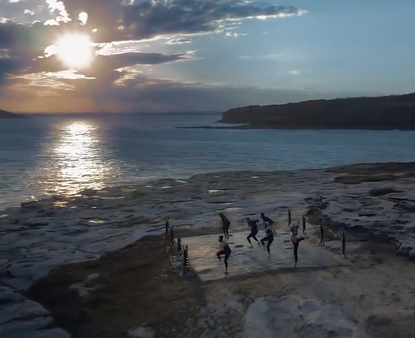
0 Comments